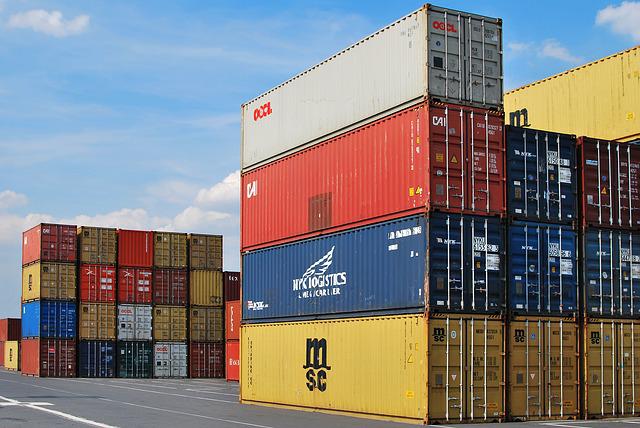
-
S&P Global Market Intelligence expects 20-30% box rate dive to coincide with similar decline in dry bulk rates
-
The container rate is forecast to fall to an average of US$6,000-7,000 per 40-ft container
-
The sharp retreat will stem from high inflation, reduced port congestion in China, and supply-side pressure from newbuildings
Container freight rates are tipped to fall 20-30% in the second half this year, coinciding with a similar decline in dry bulk rates as trade growth softens due to high inflation, endemic consumer pattern, and supply-side pressure from newbuildings, a report said.
Analysts from S&P Global Market Intelligence said container rates could fall to an average of US$6,000-7,000 per 40-foot equivalent unit (FEU), a relief for traders and consumers who are reeling high inflation blamed on excessive freight and fuel costs.
The report said the rate retreat from US$9,000-10,000 per FEU currently will stem from reduced port congestion in Chinese ports with the easing of COVID-19 restrictions, a major downside risk in the second half, specifically after the third-quarter peak season is over.
In “Shipping Market Outlook Q2 2022 – Container vs Dry Bulk,” S&P Global Market Intelligence’s assumptions correlate with IHS Markit’s 20-30% drop in dry bulk rates.
This is despite the Baltic Dry Index up in early Q3 2022 on restocking demand in Europe before Russia’s coal import ban, seasonal rebound in shipments and strength in commodity prices. The report forecast dry bulk earnings will fall 20-30% year on year to 2,500–3,000 points in Q2.
The analysts expect volume will slip 1.2% y-o-y in 2022 compared with 9.3% growth in 2021 while US container imports will grow marginally by 1.3% this year and about 3% in 2023 and 2024 albeit at a much slower pace than 13.0% growth in 2021.
They expect the container sector to face supply-side pressure on heavy newbuilding investment and reduced congestion. Container fleet should grow fast as favorable freight rates incentivize early delivery, fewer scrapping, and large newbuilding contracts.
They forecast annual container fleet growth of 5.1% in 2022, 8.9% in 2023, and 9.1% in 2024, compared with 4.2% in 2021.
IHS Markit identified several downside risks, including the major supply-side impact of the Ukraine war, a demand-side impact from a weaker economy in China following its lockdowns, stronger domestic coal production and softening container market.
The report said the unexpected drop in freight rates left many long-position players either in forward freight agreement (FFA) or physical contracts with no option but to cover their position in the FFA market or secure cargo to near-term position, adding short-term downside pressure.
“However, regardless of the short-term sentiment FFA-driven rate movement, IHS Markit, now a part of S&P Global, believes that fundamental supply and demand balance will eventually determine the market,” the report said.
Dry bulk demand growth is expected to decrease to 0.2% in 2022 and settle at 1.7% in 2023, while dry bulk fleet growth will slow to 2.8% in 2022 and 2.2% in 2023.
The report said Russian cargo shipments remained strong, with stable outward shipments expected to continue before several sanctions, including the European import ban, start in the third quarter. They said high container rates attract dry bulk cargo on the backhaul.
“The backhaul remains one of the strongest routes and we expect it to continue with strength in the container market and replacement demand for Ukrainian and Russian cargo,” the report said.
“We have consistently argued that as long as container rates remain high enough to capture part of general bulkers and open hatch cargo vessels in container sector commercially, geared bulker rates are expected to be supported, specifically for backhaul routes.”
However, they remain cautious toward the yearend amid several downside risks expected from the later part of the third quarter. Specifically, they are watching China’s coal market as stronger domestic production may eventually limit its coal import demand, one of the main drivers of strength in the third quarter last year.
Also, the softening of the container trade growth, along with high inflation, will be a major risk toward the end of the year when third-quarter peak season is over due to the factors below:
- Softening container market with changing consumer pattern, as well as weaker purchasing power that will impact smaller segments’ minor bulk demand
- Higher efficiency or productivity of vessels with reduced congestion and higher speed
- Lower Russian coal demand after the European and Japanese coal import ban, stronger domestic coal production in China
- Limited wheat export volume during the Black Sea grain season




